Living fossils: 12 creatures that look the same now as they did millions of years ago
From the coelacanth to the cockroach, these "living fossil" creatures haven't changed much in millions or even hundreds of millions of years.
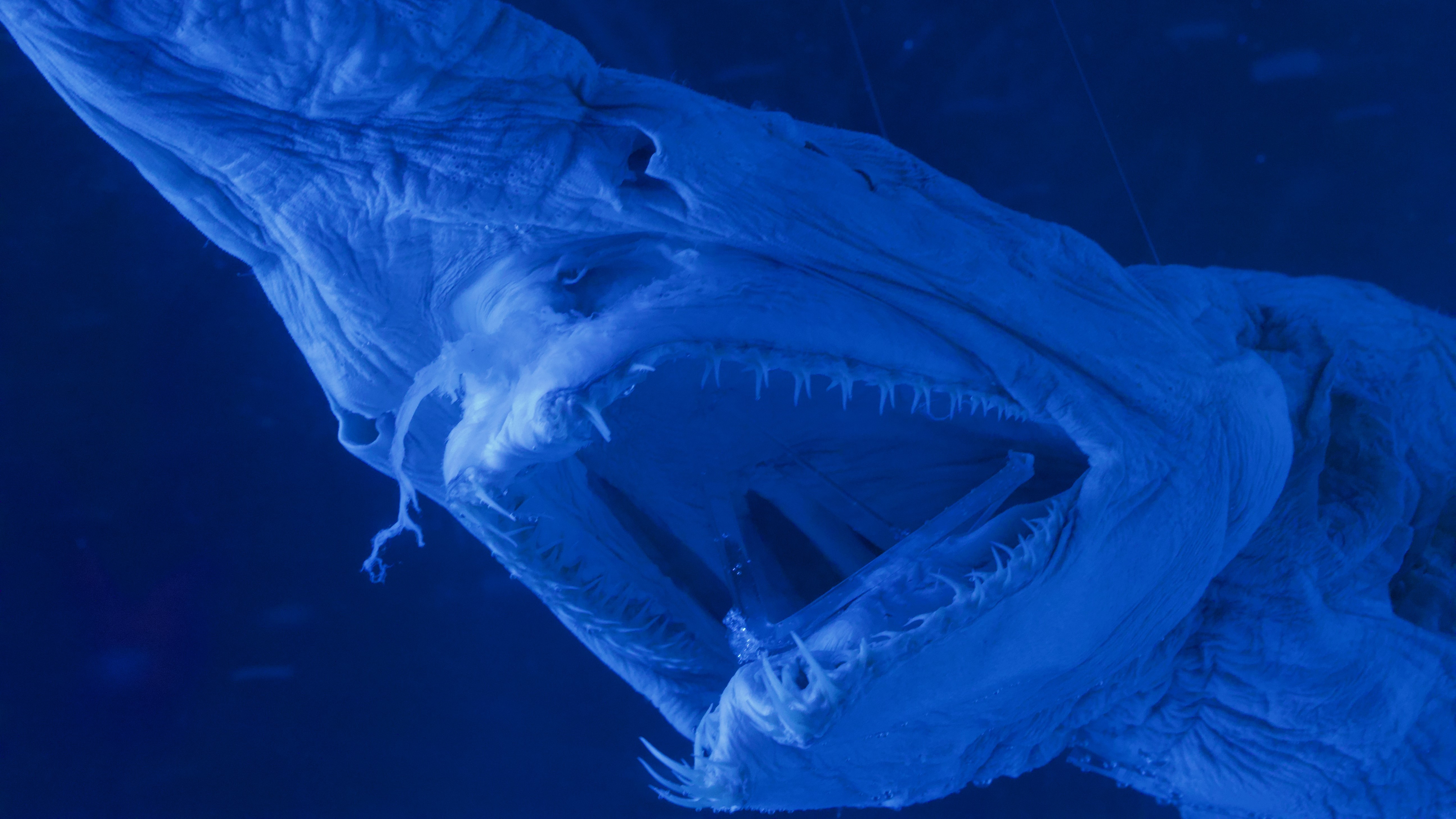
A living fossil is a species that hasn’t evolved significantly for millions of years and closely resembles ancestors found in the fossil record.
Charles Darwin coined the term "living fossil" in 1859 to describe living species that still looked like their ancestors from millions of years ago and were often the last surviving lineage. Anatomically, these species tend to look unchanged, although genetically species are always evolving.
The term "living fossil" has been hotly debated by scientists as the definition of what constitutes unchanged, and over what time periods, varies widely. But generally, living fossils are ancient species with an anatomy that still closely resembles related fossil creatures from earlier in evolutionary history.
Here are 12 of the most fascinating living fossils.
Coelacanth (Coelacanthiformes)
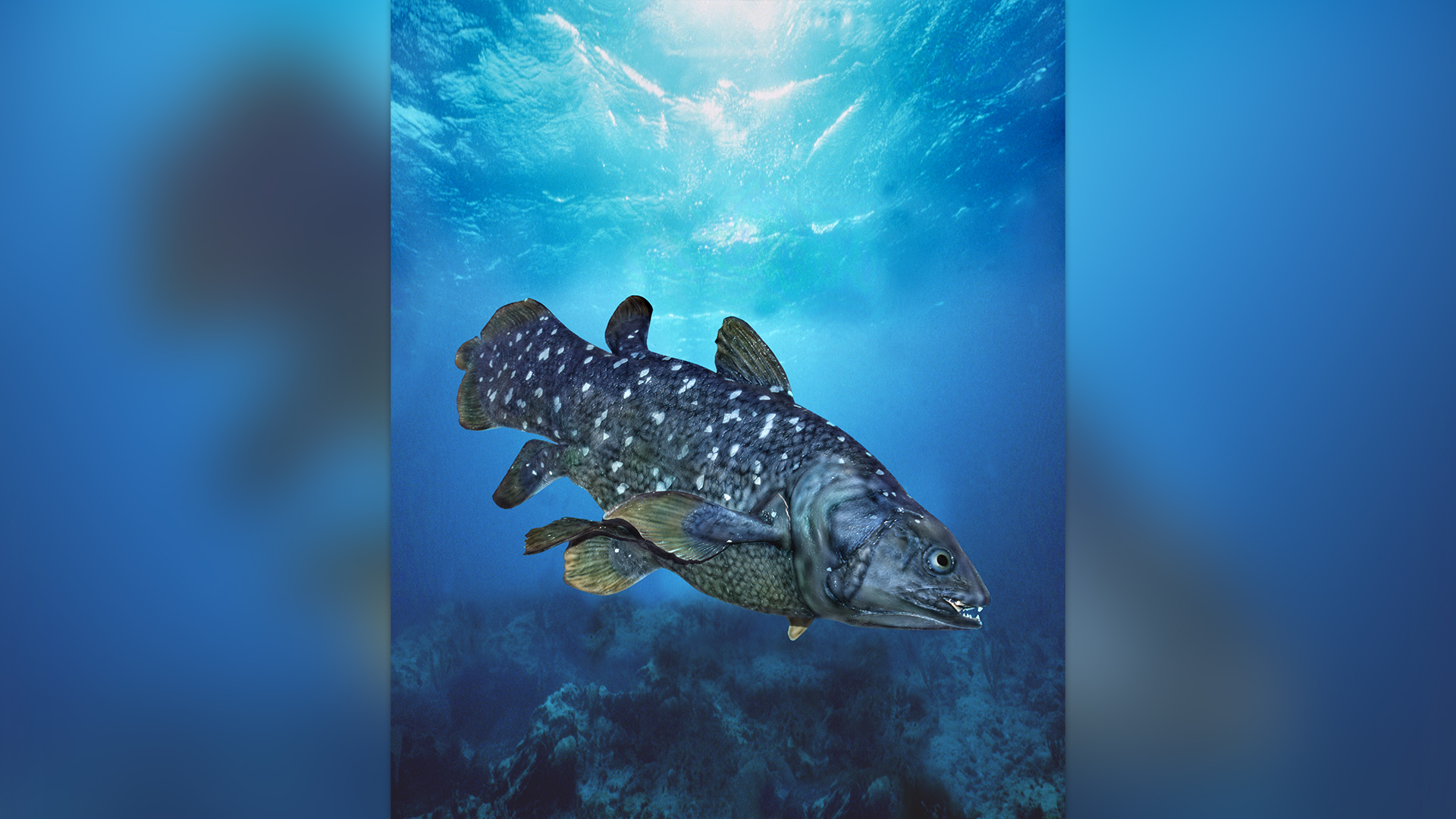
The coelacanth is an elusive, deep-sea dwelling ancient bony fish found off the coasts of Africa and Indonesia. Coelacanths first emerged in the fossil record 400 million years ago during the Devonian Period (419.2 to 358.9 million years ago), and stopped appearing around the time non-avian dinosaurs became extinct.
Scientists thought that the critically endangered creatures had gone extinct over 65 million years ago — until the West Indian Ocean coelacanth (Latimeria chalumnae) was discovered living off the coast of South Africa in 1938. Due to this unexpected reappearance, it became known as a Lazarus species.
Coelacanths can grow up to 6.6 feet (2 meters) in length and weigh up to 198 pounds (90 kilograms). And one study found evidence that these creatures can live up to 100 years.
Sign up for the Live Science daily newsletter now
Get the world’s most fascinating discoveries delivered straight to your inbox.
Because the primitive species has multiple fleshy lobed-fins that somewhat resemble limbs, many scientists think coelacanths could have played a role in the evolution of fish to terrestrial animals.
Horseshoe crab (Limulidae)
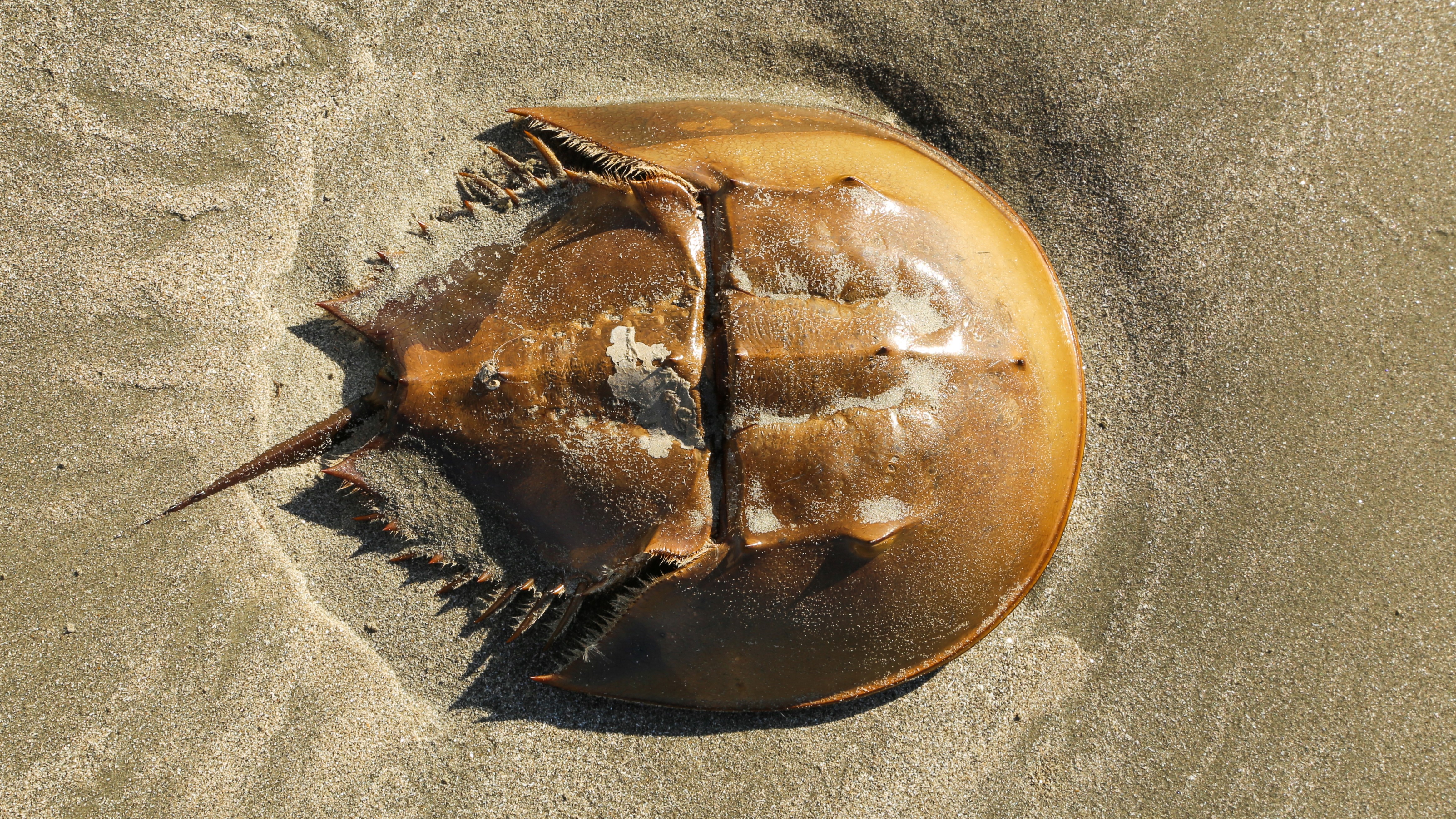
Horseshoe crabs first appeared over 300 million years ago, making them even older than the non-avian dinosaurs. The species hasn't evolved much in that time. Although horseshoe crabs closely resemble prehistoric crabs, they are more closely related to spiders and scorpions.
Related: 'Hauntingly beautiful' image of a golden horseshoe crab wins wildlife photography competition
The four species of horseshoe crab — the Atlantic horseshoe crab (Limulus polyphemus) found in North and Central America's Atlantic coast, and three species Indo-Pacific (Tachypleus gigas), Tri-spine (Tachypleus tridentatus) and Mangrove (Carcinoscorpiu rotundicauda) found in Asia's coastal waters — tend to live in the regions where rivers meet the sea.
The crabs have a tough exoskeleton, 10 legs to walk across the ocean floor and one pair of legs known as the chelicerae, to move food into their mouths. Their blood contains a copper-based protein and turns blue when exposed to oxygen. The crab blood is used in medical research as part of the development of vaccines.
Goblin shark (Mitsukurina owstoni)

The goblin shark is a rare and somewhat sinister looking species of deep-sea dwelling fish. Found in the Pacific, Atlantic and Indian Oceans, this ancient species first came to existence 125 million years ago. The goblin shark has a couple of unique adaptations that make it a deadly predator, such as a long flat snout which is filled with electroreceptors, enabling it to sense the electrical fields of its prey. It also sports a jaw filled with teeth attached to ligaments; those teeth can extend out of its mouth to grab prey when it bites.
Related: Rare 1,760-pound goblin shark pregnant with 6 pups trawled up from Taiwan waters
The goblin shark has a flabby body covered by a pink coloured skin and can grow up to 13 feet (4 m) long and weighs up to 460 pounds (210 kg). Its fins are small, and it moves more slowly than other shark species.
Duck-billed platypus (Ornithorhynchus anatinus)
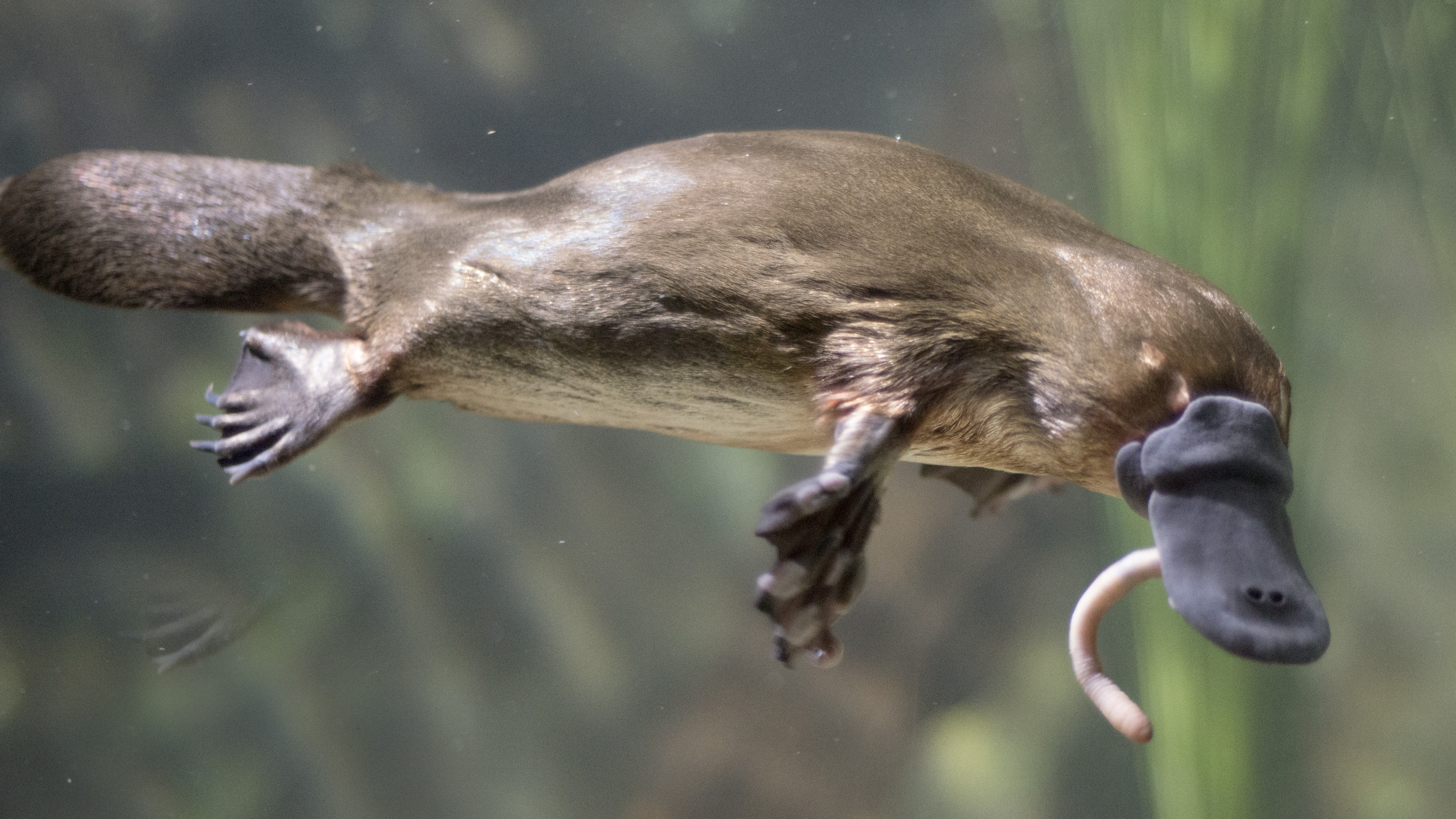
The duck-billed platypus is an aquatically adapted mammal that first appeared more than 110 million years ago during the Cretaceous period (145 to 66 million years ago). A 2008 study published in Nature found that the platypus genetic code consisted of a mix of mammal, bird, and reptile.
Amami rabbit (Pentalagus furnessi)
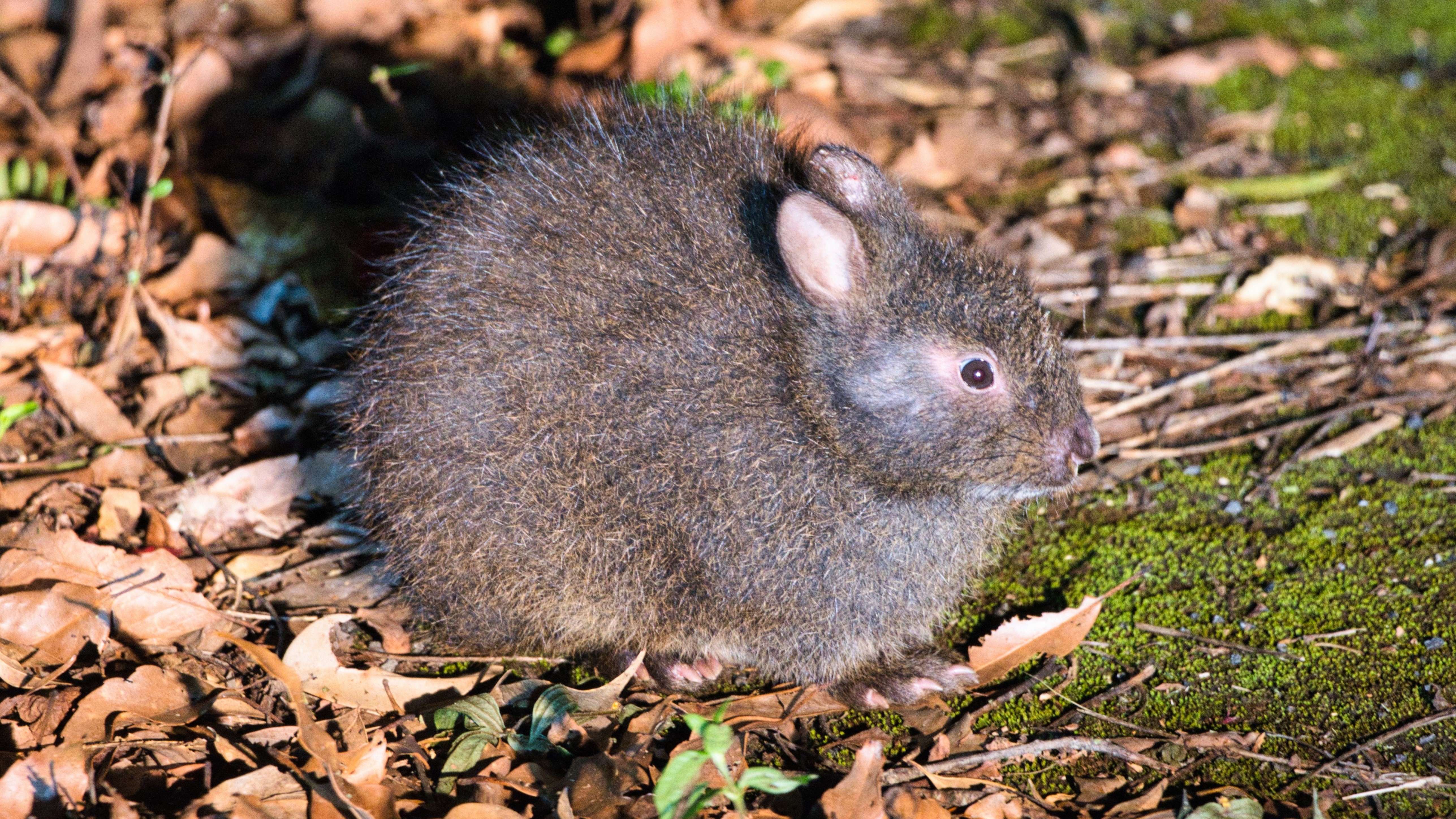
The Amami rabbit is a dark-furred species and the last living remnant of primitive rabbit species that died out on the Asian mainland during the Pleistocene epoch (2.6 million to 11,700 years ago). Now only found living on two small islands off the coast of Japan, it is an endangered species with only 5,000 remaining. Dwelling in forests and burrows, the Amami rabbit is small and distinctive looking with short ears and long claws.
Nautilus (Nautilus pompilius)
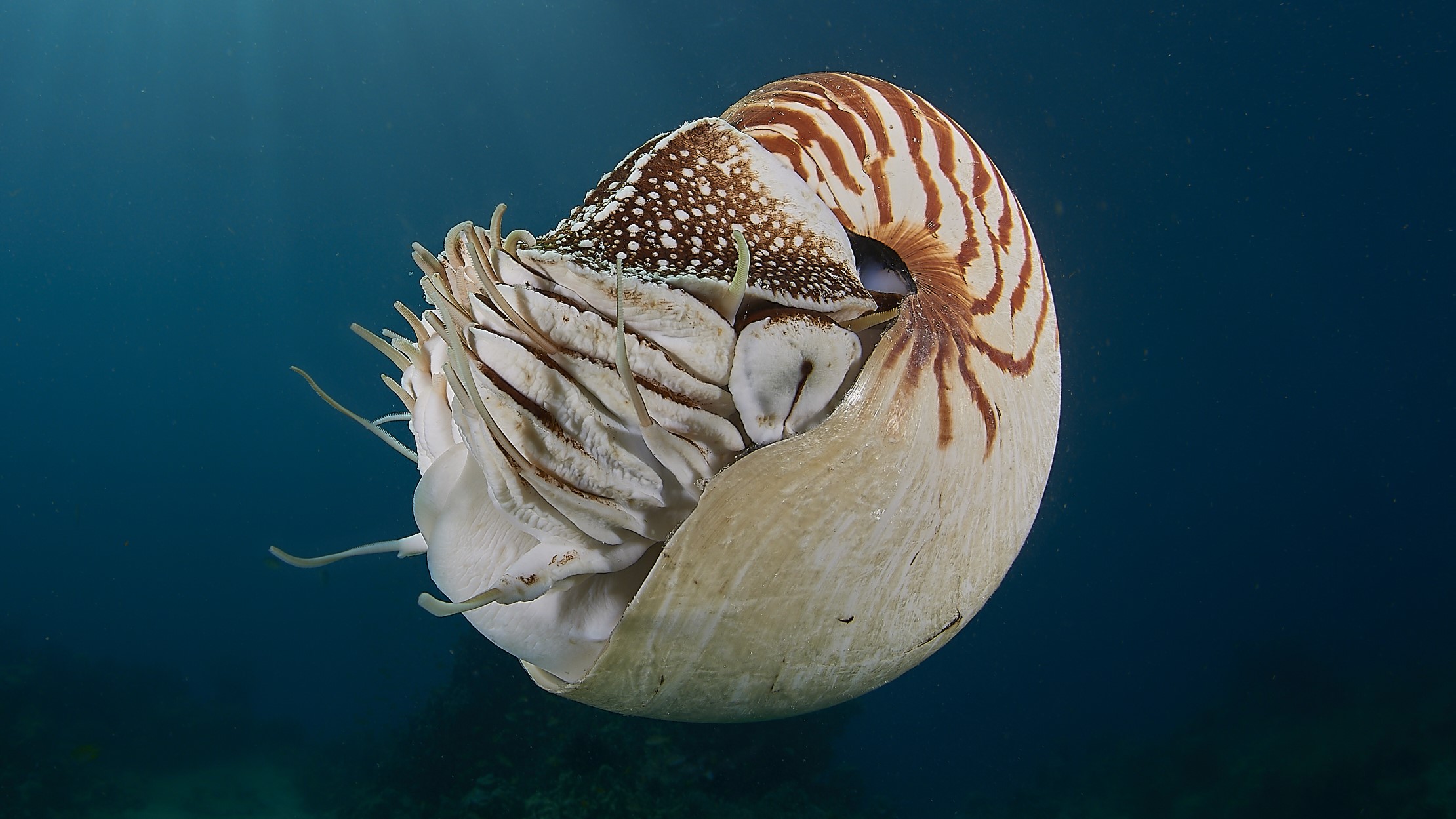
Nautiluses are cephalopods, or marine mollusks, and one of the Earth’s oldest "living fossil" species. These spiral-shelled creatures have hardly changed since they first appeared over 500 million years ago during the early Paleozoic era (541 to 252 million years ago). Found in the Western Pacific Ocean and Indian Oceans, the nautilus dwells in a large chamber of its hard shell and uses jet propulsion to swim and feed in the ocean.
Komodo dragon (Varanus komodoensis)
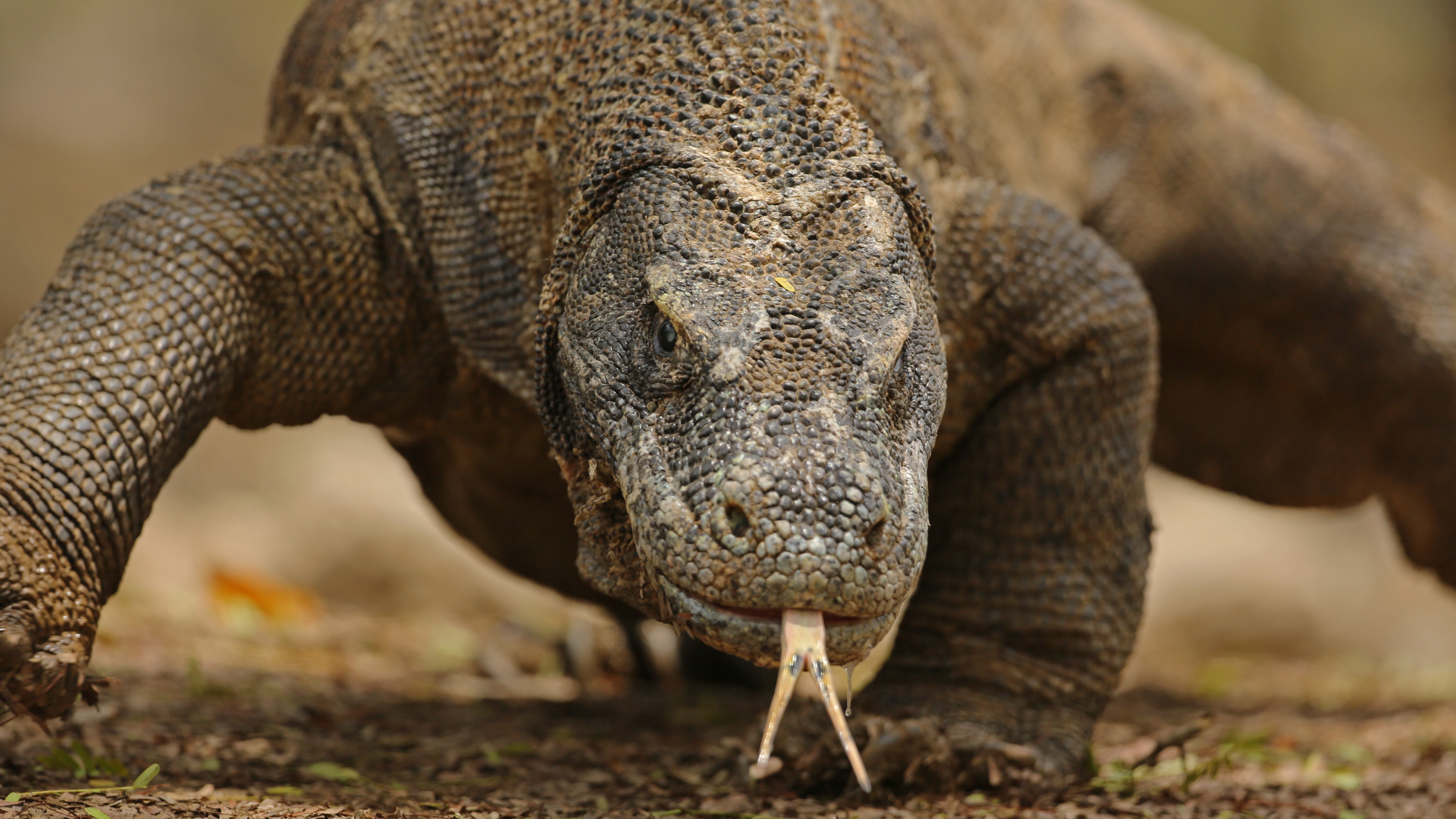
The Komodo dragon is an ancient venomous reptile that has existed for millions of years. It lives on Indonesia’s Lesser Sunda group of islands, including the island of Komodo. Scientists discovered that its similar-looking ancestors appeared in Australia around 100 million years ago. The world’s largest lizard can grow to be 10 feet (3 m) long and can weigh up to 330 pounds (150 kg). This dominant predator can eat up to 80% of its body weight in a single feed.
Purple frog (Nasikabatrachus sahyadrensis)
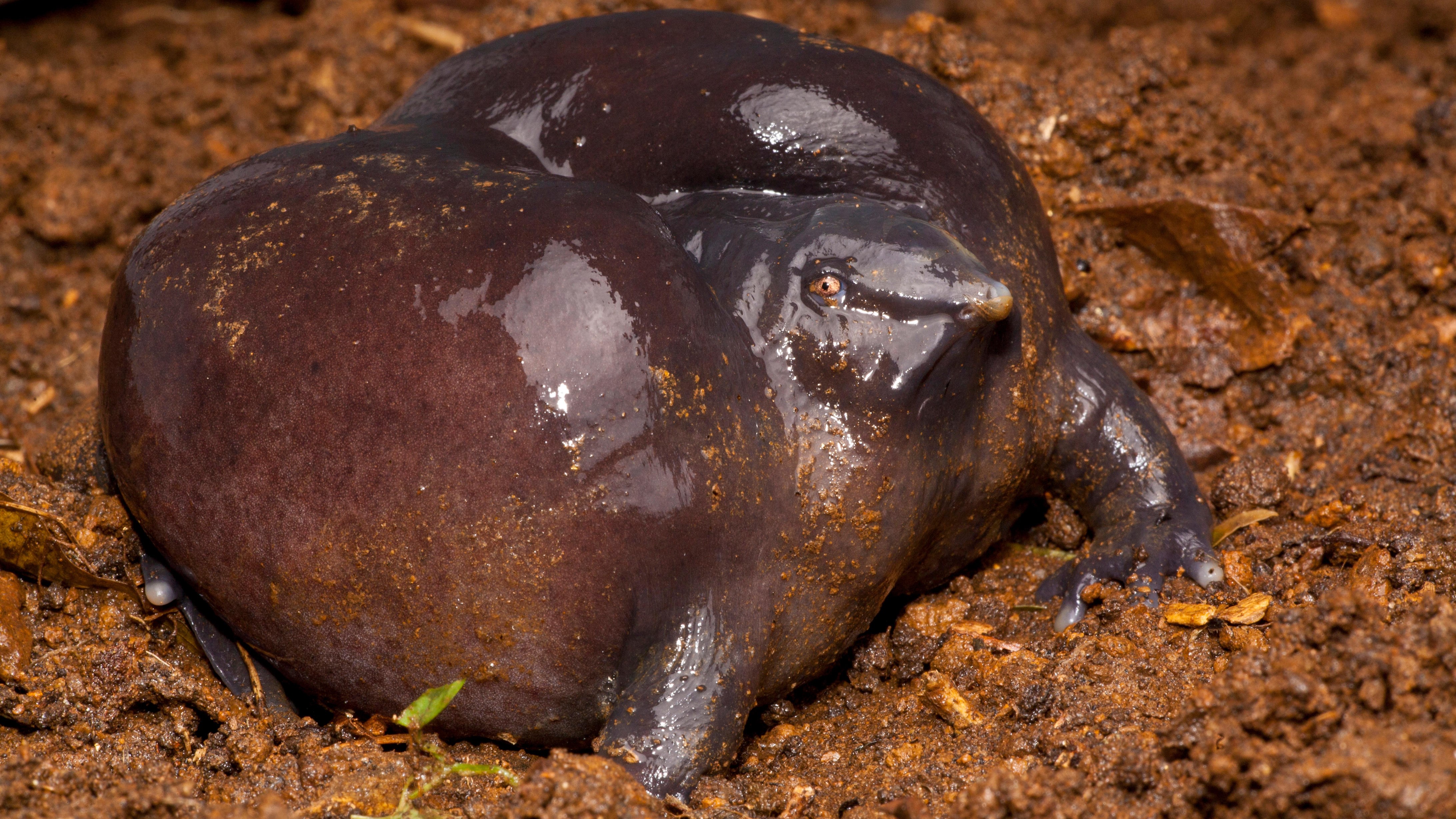
The purple frog, also called the pig-nose frog, is a rare amphibian species belonging to the family Nasikabatrachidae. It evolved independently for 100 million years. Scientists discovered the species in the Western Ghats of India in 2003. Spending much of its life underground, the purple frog emerges briefly to breed. The purple frog has a bloated body, short legs and a small head.
Laotian rock rat (Laonastes aenigmamus)
First discovered in 2005 in Laos, the Laotian rock rat is the last surviving member of the ancient fossil family Diatomyidae, considered to have become extinct 11 million years ago. Nicknamed the "rat-squirrel," the ancient species has dark hair and resembles a rat, but with the fluffy tail of a squirrel.
Cockroach (Order Blattodea)
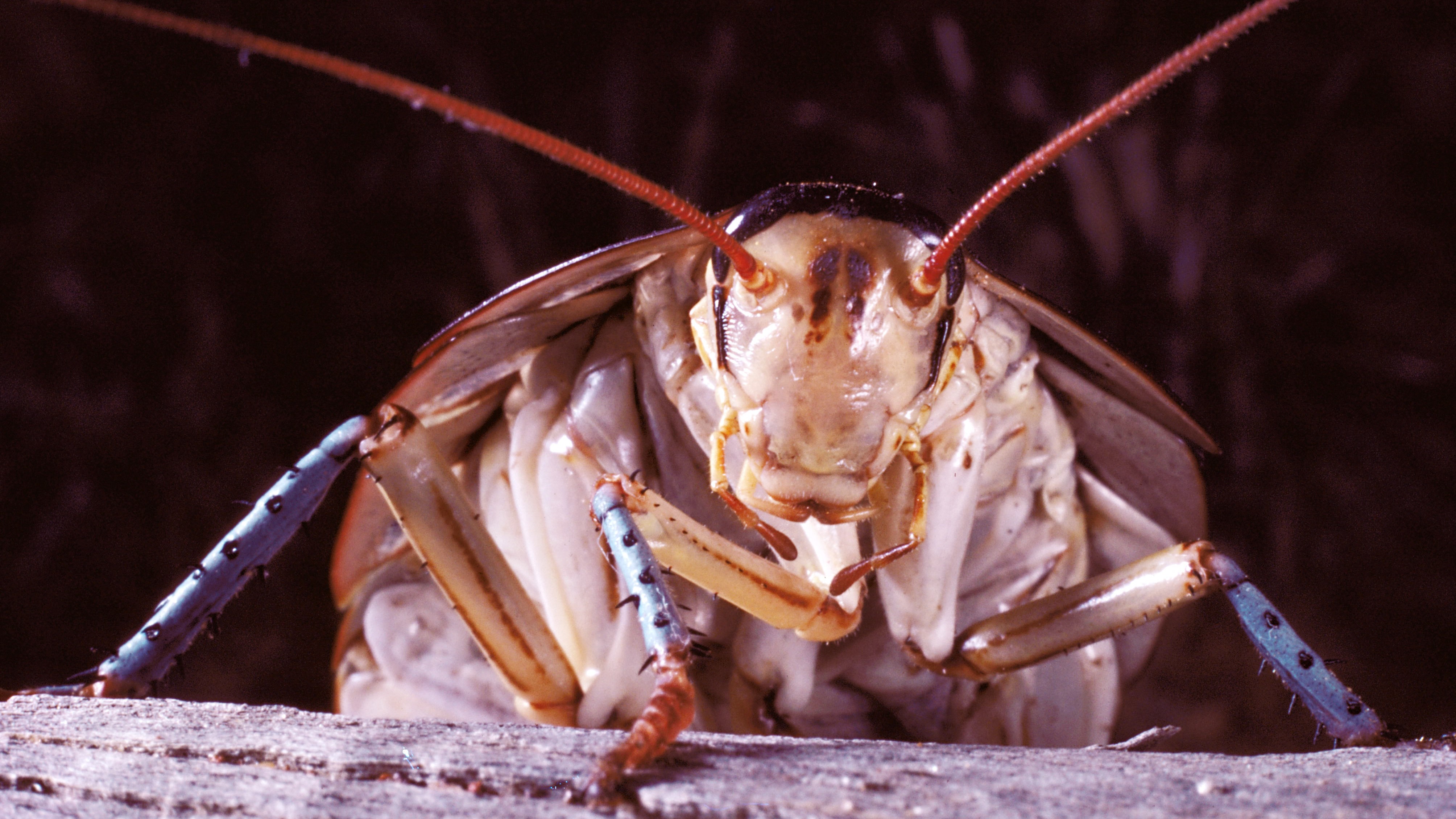
Cockroaches belong to one of the oldest insect orders, Blattodea, which is made up of cockroaches and termites. Fossil records for early cockroaches date back more than 300 million years ago to the Upper Carboniferous period. There are approximately 4,000 cockroach species found worldwide, and they look similar to their fossil counterparts.
Related: How did cockroaches survive the dino-killing asteroid strike?
Aardvark (Orycteropus afer)
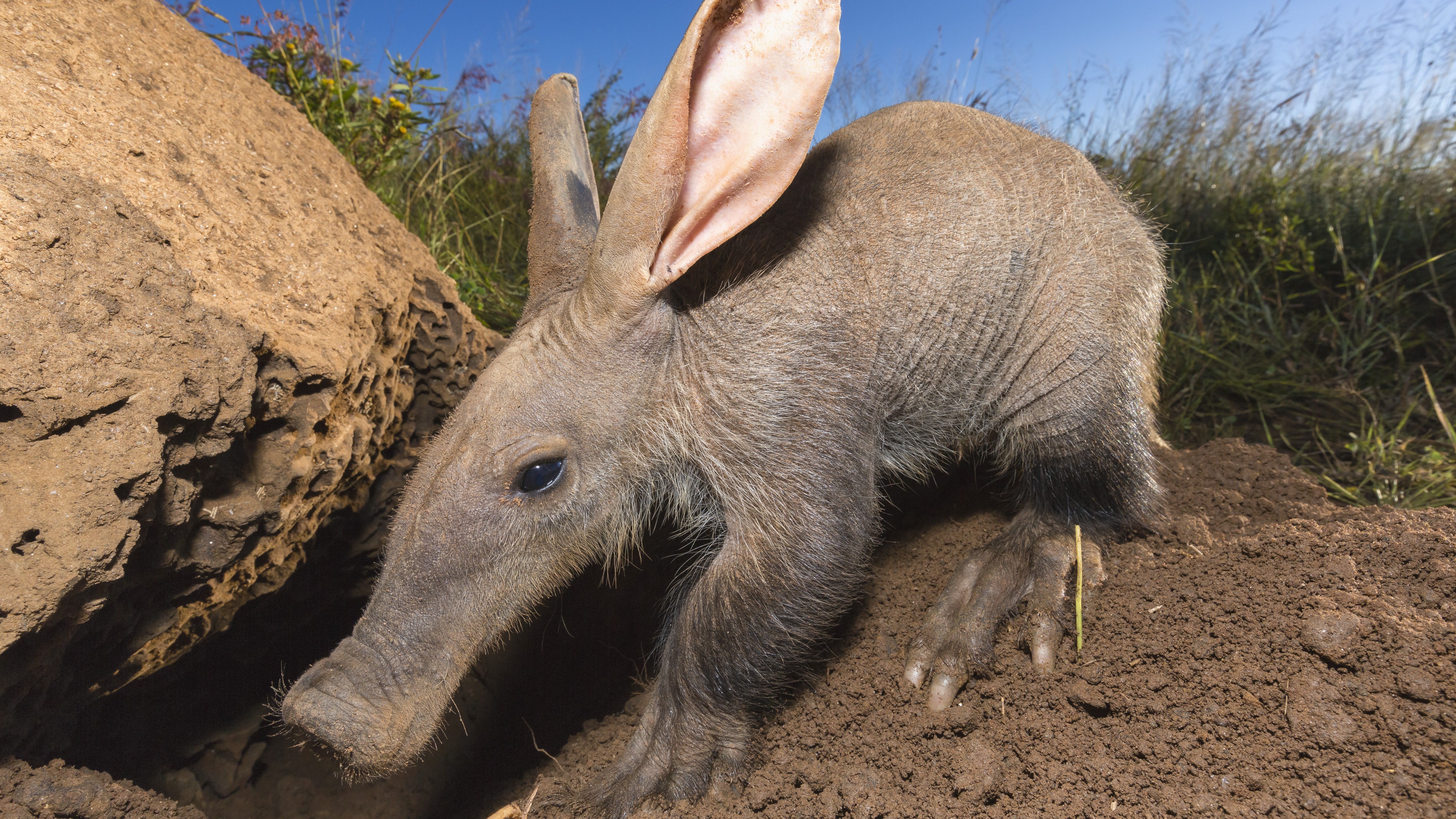
The aardvark is a nocturnal and solitary mammal native to Africa which first appeared more than 50 million years ago, according to fossil records. The last remaining member of the ancient order of Tublidentata, the species hasn't evolved much in that time, making it a living fossil. Aardvark translates to "earth pig" in Afrikaans as its body resembles a pig, although the species is most closely related to the elephant.
The Ginkgo tree (Ginkgo biloba)
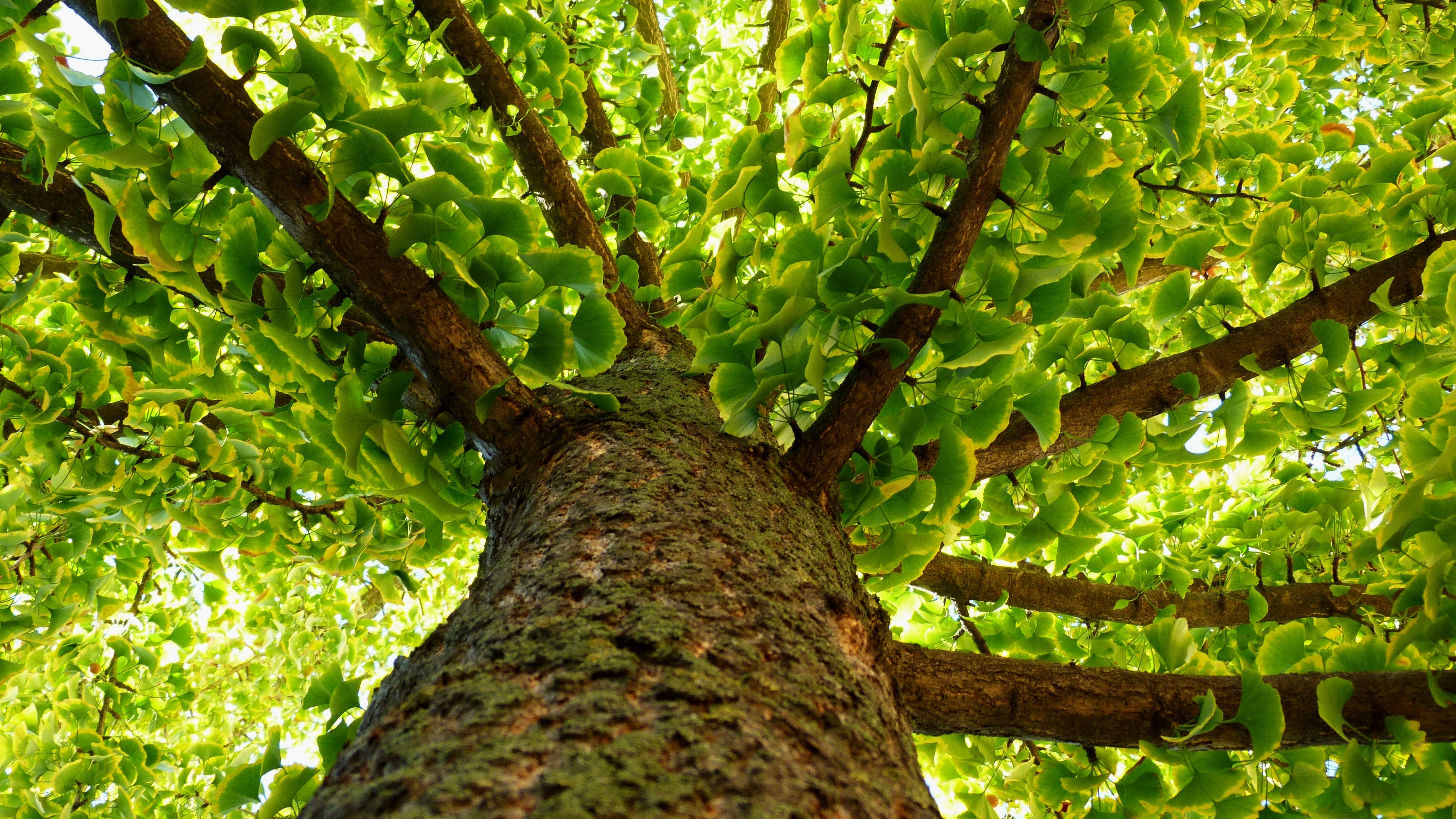
Outliving the dinosaurs and surviving the Hiroshima atomic bomb, the Ginkgo tree, also known as the maidenhair tree, is an incredibly resilient — and stinky — tree species. Fossil records of Ginkgo leaves show that it has barely changed for more than 200 million years. This living fossil is one of the oldest tree species in the world and is the last surviving species from a group of trees that existed before the dinosaurs roamed Earth.

Carys Matthews is a freelance writer for Live Science and has a passion for the natural world. Most recently the group digital editor of BBC Wildlife and BBC Countryfile Magazine, she writes about the outdoors, nature and health and fitness. Prior to this she has worked for a number of sports and environmental titles in the U.K.









